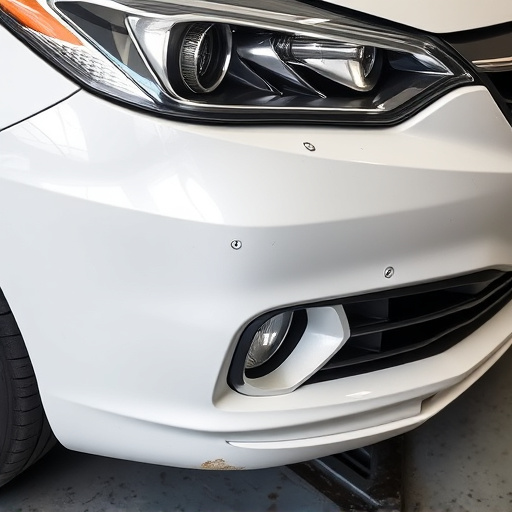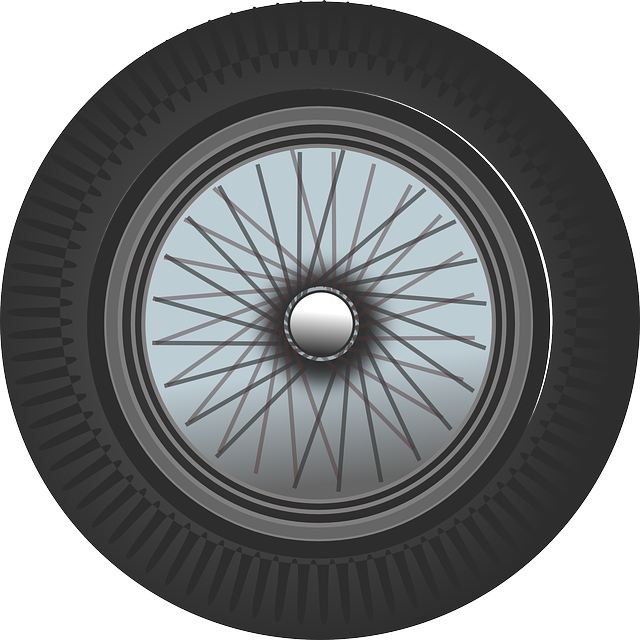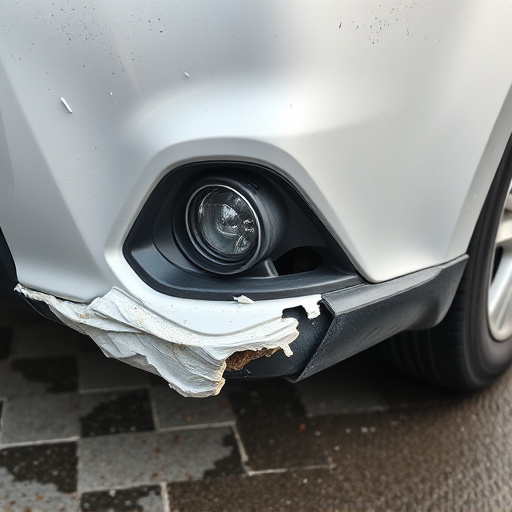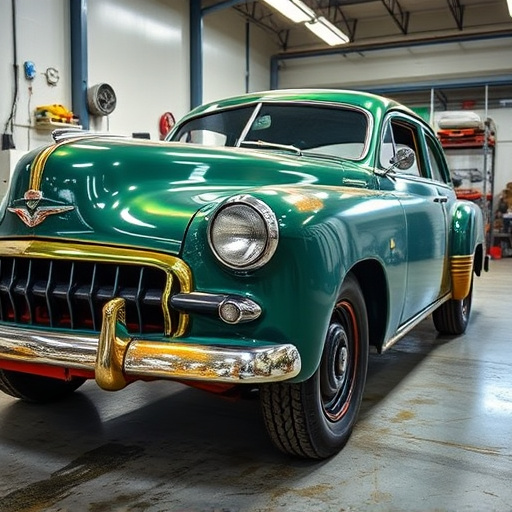Fiberglass panel damage is a common issue for modern vehicles due to impacts, environmental factors, and improper storage/transportation. Effective repair techniques using the right tools, materials, and safety gear are crucial to maintain structural integrity and aesthetic appeal. The process involves preparing the damaged area, applying fiberglas matting and bonding agent, layering and drying glass fibers, sanding, and painting. For comprehensive guidance, search 'fiberglass panel repair' keywords.
In modern automotive maintenance, fiberglass panel repair is an essential skill. Fiberglass, known for its lightweight strength, often replaces traditional materials in vehicle construction. However, this composite material’s unique properties also make it prone to specific damage, such as cracks, breaks, and delaminations. Understanding common causes of fiberglass panel damage is the first step towards effective repairs. This guide covers essential tools, materials, and step-by-step techniques for efficient fiberglass panel repair, ensuring your vehicle’s structural integrity and aesthetic appeal.
- Understanding Fiberglass Panel Damage and Its Causes
- Essential Tools and Materials for Repair
- Step-by-Step Guide to Effective Fiberglass Panel Repair Techniques
Understanding Fiberglass Panel Damage and Its Causes

Fiberglass panel damage can occur due to various reasons, making it a common issue among modern vehicle owners. One of the primary causes is impact-related damages, such as collisions or accidental bumps, which can result in cracks, chips, or dents on the fiberglass surface. These impacts can weaken the structural integrity of the panel, leading to further complications if left unrepaired.
Another factor contributing to fiberglass panel damage is exposure to harsh environmental conditions, including UV radiation from sunlight and extreme temperature fluctuations. Over time, these elements can cause the fiberglass to deteriorate, making it more susceptible to breaking or cracking. Moreover, improper storage or transportation of vehicles can also lead to panel damage, especially if the car is subjected to pressure or abrasions during these processes. Understanding these causes is vital in implementing effective fiberglass panel repair techniques, ensuring the longevity and aesthetic appeal of modern vehicle bodywork, including fender repair and even paintless dent repair services.
Essential Tools and Materials for Repair
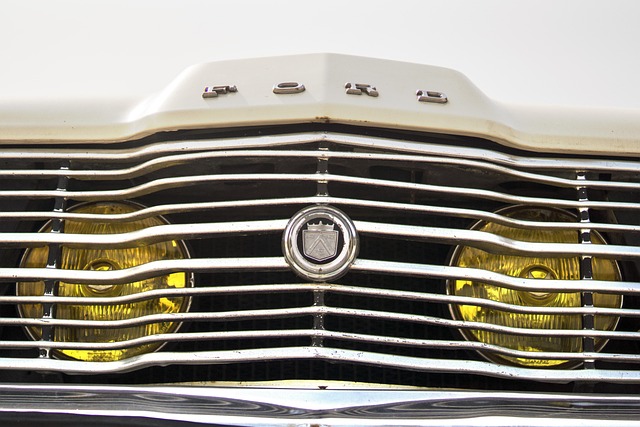
When tackling fiberglass panel repairs on modern vehicles, having the right tools and materials is paramount for achieving a seamless finish. Essential items include a variety of specialized hand tools such as precision screwdrivers, wire brushes, and putty knives designed for auto body work. Additionally, a robust supply of fiberglass repair compounds, resins, and hardeners tailored for automotive applications is crucial. These materials come in various forms, from ready-to-use kits to customizable mixes, ensuring adaptability to different damage scenarios.
Beyond these, an array of safety gear is indispensable, including protective goggles, gloves, and respirators to shield against harmful chemicals and dust. A sturdy workbench capable of accommodating vehicle panels and a reliable power drill with the appropriate bits further enhance efficiency in the auto repair shop. Proper frame straightening tools are also beneficial for ensuring structural integrity during the repair process, ultimately contributing to a more precise and lasting fix.
Step-by-Step Guide to Effective Fiberglass Panel Repair Techniques

To effectively repair a fiberglass panel on modern vehicles, start by preparing the damaged area. This involves removing any loose debris and sanding the surface to create a smooth base for repairs. Next, clean the panel with a suitable degreaser to ensure optimal adhesion for the repair compounds.
Once the panel is ready, apply a layer of fiberglas matting, followed by a bonding agent designed for fiberglass repair. Carefully layer the glass fibers over the damaged area, ensuring complete coverage. Use a putty knife to smooth and shape the repair, then allow it to dry according to the manufacturer’s instructions. After drying, sand the repaired area gently to achieve a seamless finish. Finally, apply a high-quality paint job that matches the vehicle’s original color, using an automotive body shop’s expertise for the best results in car repair services.
In conclusion, mastering fiberglass panel repair techniques is invaluable for modern vehicle owners. By understanding damage causes and employing the right tools, repairs can be effective and efficient. Following a structured guide ensures optimal results, preserving your vehicle’s aesthetic and structural integrity. With these skills, you’re equipped to tackle common fiberglass panel issues, extending the life of your vehicle and saving costs on professional repairs.


